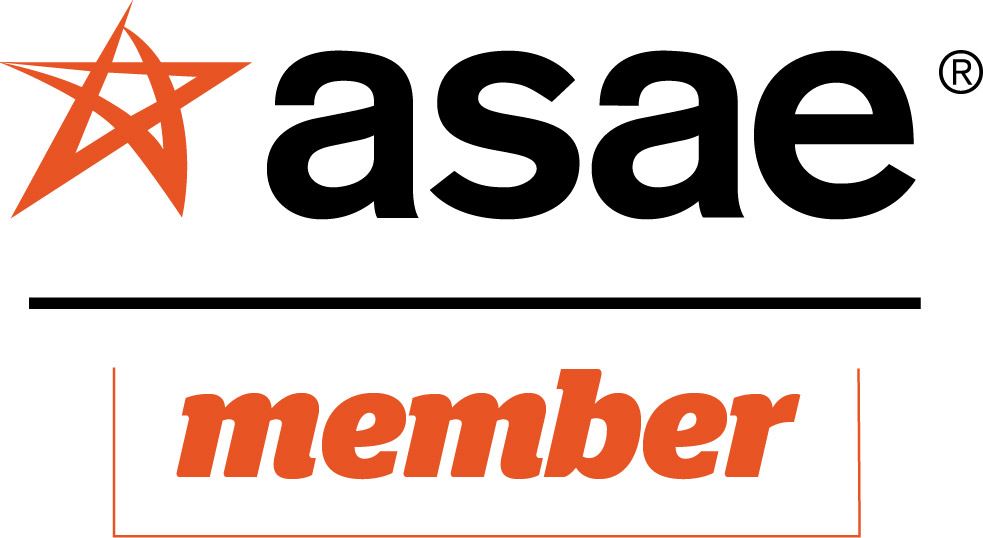 |
AFI Blog by Bob Bauer |
Blog Archive
|
Association of Food Industries: Serving the U.S. Food Import Trade Since 1906
3301 Route 66, Ste. 205, Bldg. C • Neptune, NJ 07753
(732) 922-3008 • Fax: (732) 922-3590 • afius.org • info@afius.org


.jpg)
